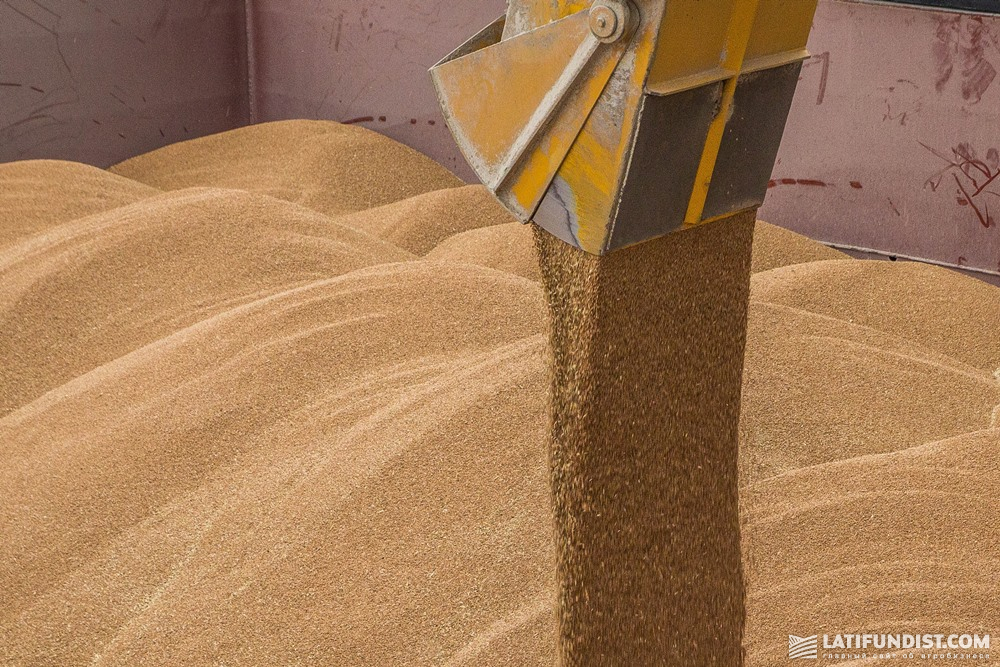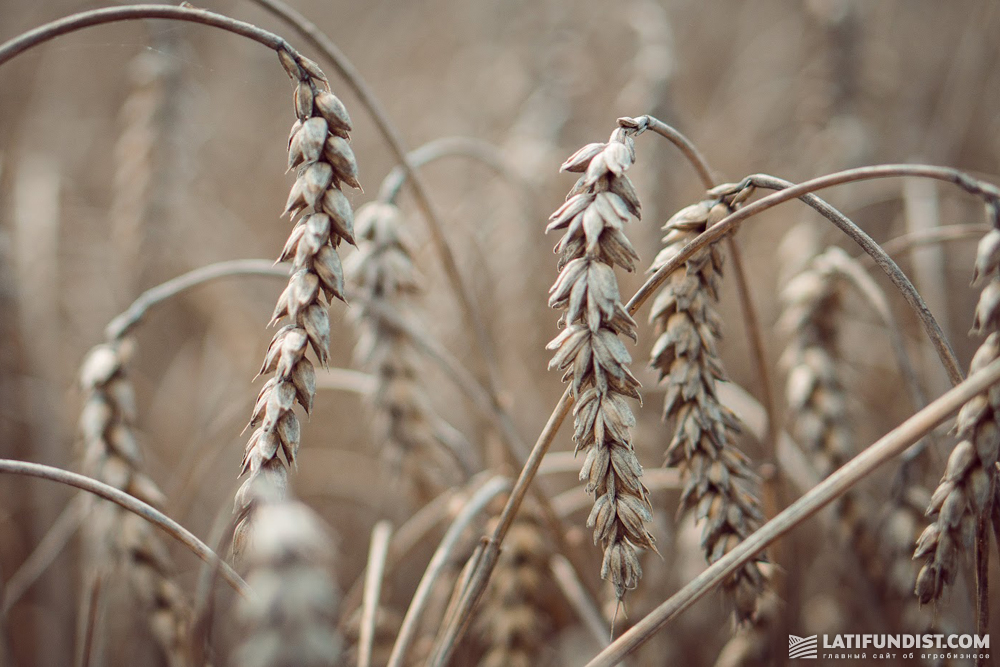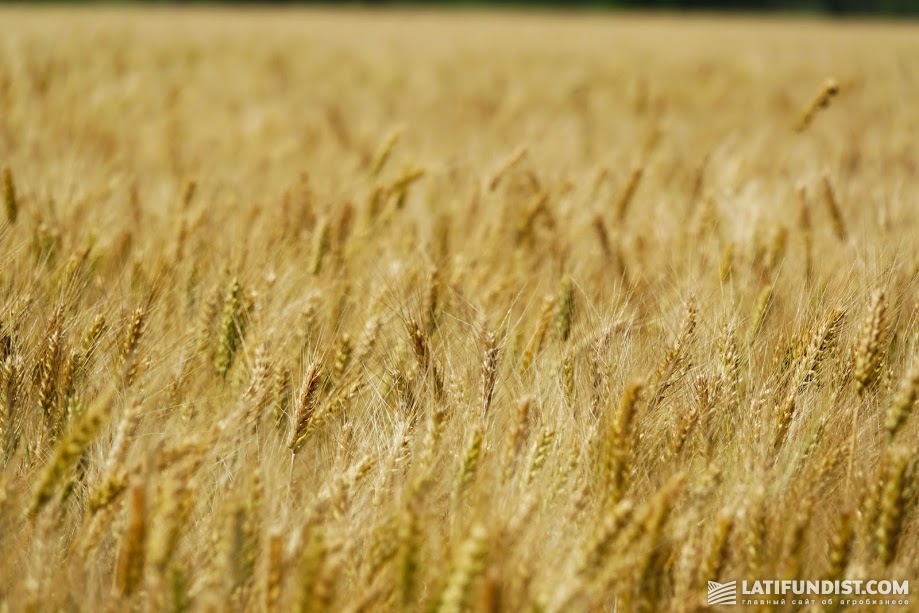The Trade Battlefield — Wheat: Ukraine, Russia, Turkey
“Ukrainian wheat is not so black as it is painted,” the Chairman of the Turkish Flour Industrialists' Federation, Eren Gunhan Ulusoy, answered our first question in all sincerity. Along with two-dozen Turkish agroproducers, he visited Kyiv in early December to discuss the prospects for collaboration with Ukrainian colleagues. In a blitz interview with Latifundist.com, he made a point on the way Ukraine and Turkey can not only compete on the wheat market but also find common ground. He also explained how the Kerch crisis affected the market.
Latifundist.com: What is happening today on the world wheat market in general and in Turkey in particular?
Eren Gunhan Ulusoy: During 5 years in a row the agribusinesses produced more wheat than the market could consume. But this year reminded what a deficit is. If we speak about Turkey, it grows almost as much wheat as it consumes — about 19-20 million tons. But taking into account the fact that the country exports wheat products, we also import it.
Most of all, we buy wheat in Russia and there are two reasons for this: 1) Russia is the largest exporter; 2) thanks to the Sea of Azov, we have convenient logistic capabilities. Those are small trading vessels and it is the easy product delivery.
Read to the point: Who will win the trade war: Russia VS Turkey
Ukraine ranks third in our portfolio in terms of wheat supplies. But, because of the crisis in Turkey-Russia relations in 2017, Ukraine got the second place. This indicates the importance of your country for us from a geopolitical point of view. Due to the fact that the population of Turkey is growing and soon it will reach 100 million people, the volume of wheat imports will grow too. We rely on Ukraine in this matter.

Latifundist.com: There is an opinion that Ukrainian wheat compares poorly to the Russian one. Do you agree with this opinion?
Learn more: TOP 15 wheat exporters in MY2016/17
Eren Gunhan Ulusoy: 10 years ago there was an essential difference between Ukrainian and Russian wheat. Your product suffered from pests and blights. Therefore, Turkey imported wheat from Russia mainly, and not from Ukraine. But again, two years ago, when the political conflict between Turkey and the Russian Federation arose, we shifted to Ukraine. And the quality of your wheat is not what it used to be 10 years ago. The product has improved significantly, and today there is no fundamental difference for our millers what to choose — Russian or Ukrainian wheat. In 2017, we imported 500 thou. tons of Ukrainian wheat.
Latifundist.com: And what about this year?
Eren Gunhan Ulusoy: This year the volume of imports is substantially lower, it is related not to the quality, but the price. Ukrainian wheat is more costly. The question is technical and lies in the plane of logistics. Russian ships are small and fast. For example, to deliver products from Novorossiysk, FOB Azov-Rostov is USD 20 cheaper than from FOB Yuzhny, Nikolaev or Odessa.
Read to the point: Shipping in the Kerch Strait: What courses do we steer?
Latifundist.com: How did the Kerch crisis affect the Ukrainian wheat market? Do the buyers include risks into the freight price?
Eren Gunhan Ulusoy: After the crisis, the transportation price of Ukrainian wheat has increased by USD 4-5 per ton. And we also have to reckon with this.
Latifundist.com: How did the fall of the Turkish lira affect the Turkish wheat market?
Eren Gunhan Ulusoy: In August, the Turkish lira fell in the exchange rate, our currency depreciated essentially. In September, all import transactions were cancelled. We were no exception and also suspended the import schedule for a month. But in November the conditions stabilized, the exchange rate became rational, the Turkish lira was gaining momentum, and we started importing grain according to the previous schedule again.

Latifundist.com: As you have mentioned, there was an overproduction of wheat during 5 years in a row. How profitable is this business now?
Eren Gunhan Ulusoy: I do not think that the profitability of the wheat trade is highly dependent on its production, overproduction or shortage. That’s not the point. When the volatility is too high, the risks are also increasing and this, of course, prevents entrepreneurs from drawing up their business plans. When the situation stabilizes, there are less risks.
Latifundist.com: And if we speak in numbers, what is the profitability of the flour milling business in Turkey?
Eren Gunhan Ulusoy: Each company has its own indicators, but if you take an average, it is from 5% to 10%.
Latifundist.com: Is there any high competition on the Turkish flour milling market?
Eren Gunhan Ulusoy: Today, our company has got 550 milling facilities. The production capacity is 32 million tons per year. But we process 15.5 million tons of wheat per year; it means that we use only one half of the capacity.
Latifundist.com: Is it the main reason for the reduction of milling?
Read to the point: Flour is not dough until kneaded

Eren Gunhan Ulusoy: Of course. Small businesses are closing, and large companies are increasing their capacity. Nevertheless, the monopolization is out of the question. We have 550 complexes. When 10-20 companies control the market, then we can talk about monopolization. At the current pace, the monopolization will happen perhaps in a hundred years (laughing — ed. note).
Latifundist.com: Nowadays, fewer farmers are sowing wheat in Ukraine; they prefer the more expensive oil-bearing plants. How do the things stand in Turkey?
Eren Gunhan Ulusoy: We have a similar situation. 15 years ago, more than 9 million hectares were under wheat, today wheat covers only 7 million hectares.
Latifundist.com: What is in store for the wheat business of the Black Sea region?
Eren Gunhan Ulusoy: Of course, Ukraine as an exporter is our competitor. However, this does not prevent our producers from cooperating. This is especially important if we take into account that in 10 years the Black Sea region will dominate the production of fodder wheat. The similar pattern is in the export. If you analyze the previous 15 years of this business, the focus on wheat exports has shifted precisely towards Ukraine, Russia, and Kazakhstan, which increased their sales by 21%, especially in such regions like North Africa and the Middle East, where the U.S. was the strongest supplier — its share has decreased by 30%.

So, here is the deal: today, Russia is the leader in the global wheat production. It is projected that they will grow 120 million tons of wheat and export 70 million tons of it. If we speak about the region as a whole, within 8-10 years any exporter in your region will double its export volumes. So the Black Sea Region will dictate the terms in this business. And in the near future, the region is unlikely to have a competitor.
Konstantin Tkachenko, Latifundist.com


